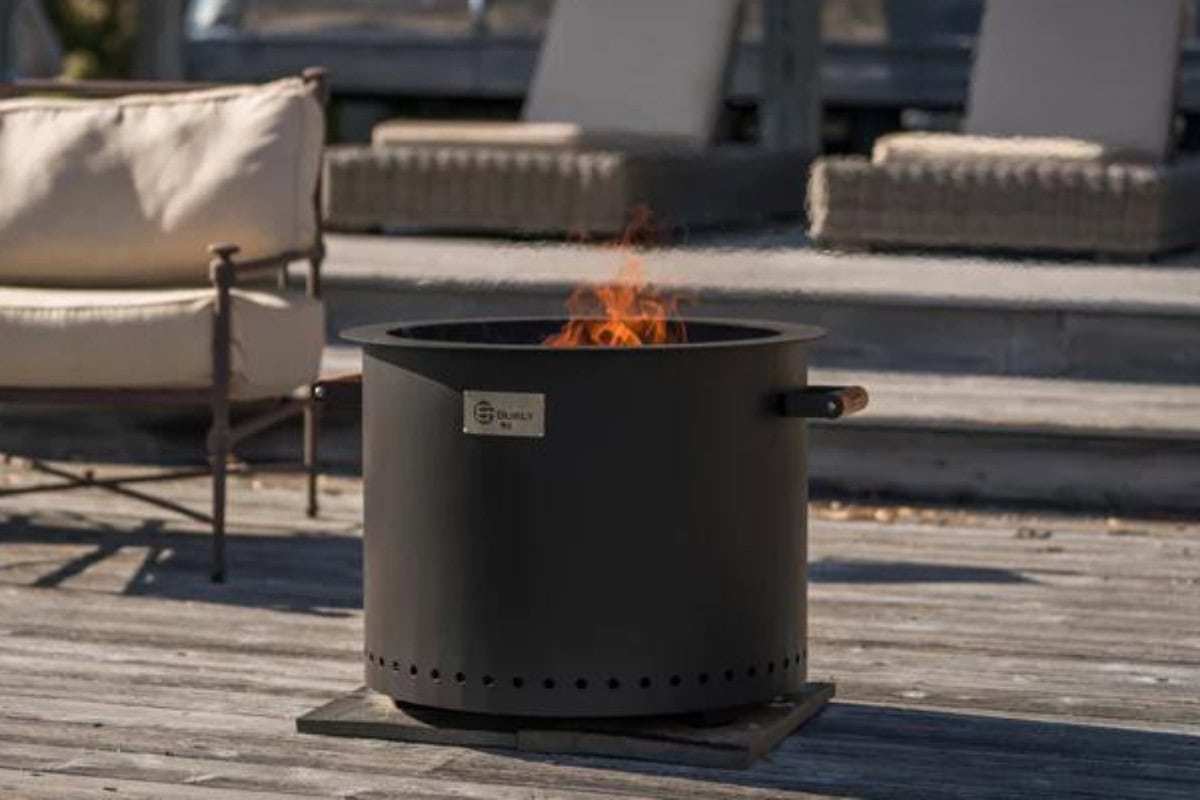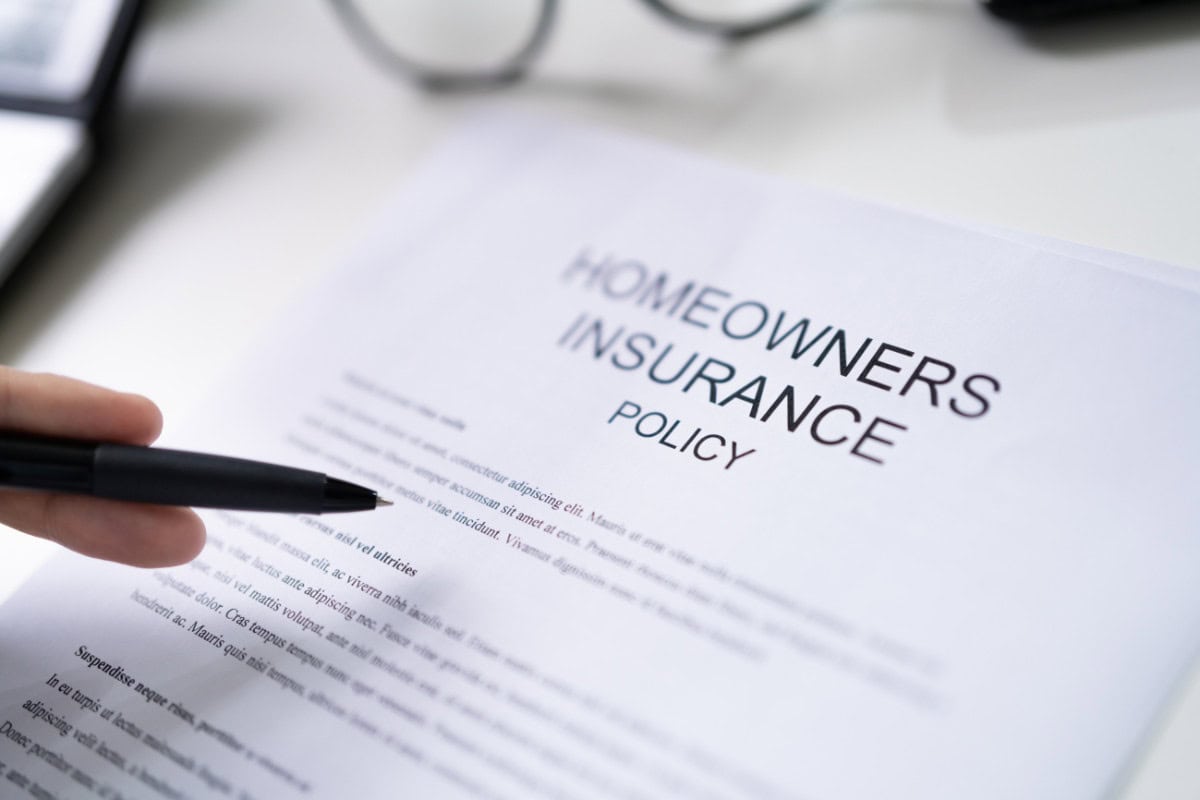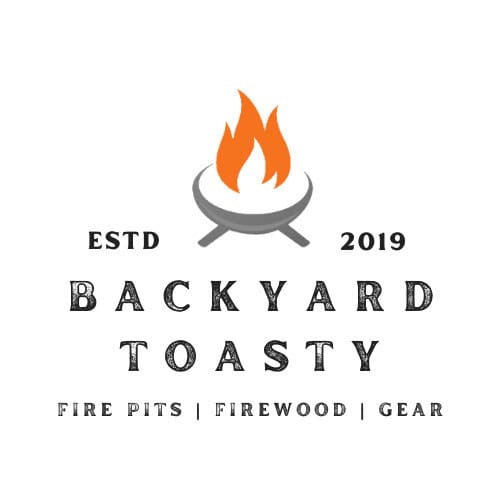
Understanding city fire pit rules is essential before enjoying warm nights around an outdoor fire. Urban areas have specific regulations that can feel overwhelming, but knowing these rules helps you avoid legal issues while prioritizing urban fire pit safety.
Whether you’re curious about balcony setups or ensuring compliance with local laws, mastering the basics makes city living more enjoyable.
Make informed choices and keep your outdoor gatherings both legal and safe.
- City Fire Pit Rules: What You Need to Know
- Urban Fire Pit Safety: Best Equipment for City Living
- Urban Fire Pit Comparison Guide
- Urban Fire Pit Safety: Placement and Setup Guidelines
- Maintaining Compliance with City Fire Pit Rules
- FAQs: City Fire Pit Rules
- Urban Fire Pit Decision Tree
- Is My Fire Pit Legal?
- Wrap-up: City Fire Pit Rules

City Fire Pit Rules: What You Need to Know
Living in the city and dreaming of cozy fire pit nights requires knowing the specific rules that govern urban areas.
City fire pit rules are typically stricter than suburban regulations due to space constraints and increased fire risks.
Fire pit safety statistics reveal a concerning trend, with emergency room visits climbing from 1,900 in 2008 to over 6,200 by 2021—underscoring why urban areas enforce particularly stringent regulations.
Understanding these regulations is your first step toward enjoying a safe and legal fire pit experience in your backyard.
Key Urban Fire Pit Regulations
City fire pit rules often include several common restrictions that you’ll encounter across most urban areas.
Here’s what you need to know:
Clearance Requirements: Understanding fire pit clearance requirements helps ensure compliance with local safety codes. Most cities require fire pits to be at least 10-25 feet away from any building or property line, though specific fire pit clearance requirements vary significantly by municipality. Some regulations extend these distances to trees and fences as well. This mandated distance minimizes the risk of fire spreading to nearby structures and creates a defensible safety zone around your fire feature.
Approved Fuel Types: Many urban areas forbid burning wood or certain materials that create excessive smoke. Instead, they encourage fuels like propane or natural gas, which burn cleaner and produce fewer emissions. Before lighting up, ensure your fuel choice is on the approved list.
Time Restrictions: Some cities have specific hours during which fire pits are permitted. Fires may be restricted entirely during the day, dry seasons, or windy conditions. It’s a good idea to confirm allowed times before hosting an evening gathering.
Following these guidelines ensures you’re not only in compliance but also prioritizing safety for your neighbors and community.
How to Research Local Fire Pit Laws
Checking city fire pit rules in your area might sound tedious, but it’s easier than you think.
There are several straightforward ways to ensure your fire pit is compliant:
Contact Local Authorities: Call or email your city’s fire department or building code office. They’ll provide specific insights into local regulations—including inspection requirements or permission forms you might need.
Use Online Resources: Many cities publish fire safety and open burning guides online. For example, the Recreational Fires Guidelines provided by Syracuse’s fire department outlines distance restrictions, allowable materials, and safety tips in their area.
Consult HOA Documents: If you live in a community governed by a homeowner’s association, check your HOA’s bylaws. These organizations sometimes impose additional restrictions on fire pit use beyond city requirements.
Taking these small steps will give you peace of mind, ensuring your outdoor setup aligns with both city codes and personal safety standards.

Urban Fire Pit Safety: Best Equipment for City Living
Living in a bustling city doesn’t mean you have to forgo the joys of a fire pit. Whether you’re in a high-rise apartment with minimal outdoor space or trying to stay within strict city fire pit rules, there are compliant options that make owning a fire pit possible.
Let’s explore the top picks for urban-friendly fire pits and why they excel for city living.
Smokeless Fire Pits: Essential for Urban Fire Pit Safety
Smokeless fire pits are a game-changer for city dwellers focused on urban fire pit safety. Reducing smoke not only keeps the air clean but also minimizes potential complaints from neighbors.
These fire pits use innovative airflow systems to enhance combustion, leaving you with a cleaner, more pleasant fire experience.
Some cities impose regulations to limit smoke, making smokeless options a perfect fit. They also save you from that post-fire smell on clothes or in your outdoor area.
For the best smokeless options, consider checking products like Solo Stove, Breeo, Burly, etc. known for their near-flawless smoke reduction (if you’ve got dry firewood and build the fire right).
Portable Fire Pits: Flexibility Within City Rules
Portability is a major plus in urban areas where outdoor space is often limited. The best portable fire pits allow you to move them around with ease, ensuring safer placement and hassle-free storage when not in use.
These designs are lightweight and compact, perfect for balconies, patios, or smaller backyards.
Beyond convenience, portability ensures that you can comply with city fire pit rules requiring temporary or non-permanent setups.
This flexibility lets you adapt to varying outdoor layouts or experiment with different fire pit locations for gatherings.
Gas Fire Pits: Clean and Controlled
Gas fire pits, whether fueled by propane or natural gas, are favorites for urban settings. Thanks to their clean burn, they produce minimal to no smoke, aligning with city compliance requirements.
They’re perfect for those who want to avoid the mess, hassle, and regulations tied to wood-burning fire pits.
Additionally, gas fire pits are easy to control and can often be operated with a simple dial or switch. You avoid the need for matches or fire-starting techniques, making them safer in crowded neighborhoods or confined areas.
Their low maintenance design also suits urbanites who prefer a quick, no-fuss solution.
With all these options available, choosing the right fire pit for your urban space can feel a bit overwhelming.
Each type has distinct advantages depending on your specific situation, budget, and local regulations.
To help you cut through the details and make a confident decision, here’s a side-by-side comparison that breaks down exactly how each option performs across the factors that matter most for city living.
Urban Fire Pit Comparison Guide
Choose the best fire pit type for your city living situation
| Feature | Smokeless Wood Burning | Portable Propane | Natural Gas (Built-in) | Gel Fuel Tabletop |
|---|---|---|---|---|
| City Compliance | ||||
| Installation Ease | ||||
| Heat Output | ||||
| Smoke Production | ||||
| Operating Cost | $20-40/cord | $25-35/tank | $0.80-1.20/hr | $8-12/can |
| Initial Investment | $200-800 | $150-400 | $800-3000+ | $50-200 |
| Maintenance | ||||
| Apartment/Condo Friendly | ||||
| Fire Experience | ||||
| Best For | Experienced users w/ outdoor space | Most urban situations | Permanent installations | Casual ambiance |

Urban Fire Pit Safety: Placement and Setup Guidelines
When setting up a fire pit in an urban environment, urban fire pit safety becomes your cornerstone. A good placement strategy combines proper distance, structural awareness, and essential safety tools.
Let’s break this down step by step to ensure your relaxing nights by the fire also stay incident-free.
Choosing the Right Spot for City Compliance
Picking the perfect location for your fire pit takes thoughtful consideration of both city fire pit rules and safety principles:
Distance Matters: Keep your fire pit at least 10-20 feet away from structures, trees, or other flammable objects. Many experts advise erring on the side of caution – more space is always better when it comes to urban fire pit safety.
Flammable Materials & Surfaces: Never place your fire pit directly on grass, a wooden deck, or any other flammable surface. Opt for a fire-resistant material like stone, brick, or gravel.
Ventilation Is Key: Fires need proper airflow to burn, and you need clean air to breathe! Avoid setting up your fire pit in enclosed spaces or areas with limited airflow. If you’re working with a portable pit, ensure it’s far from any overhangs or low-hanging branches.
Essential Safety Accessories
Urban fire pit safety requires having the right tools on hand.
These accessories can save you trouble and make your fire pit experiences safer and more enjoyable:
Spark Screens: Helpful for containing flying embers, especially in windy conditions. They’re essential for protecting both you and your surroundings from stray sparks.
Fire Extinguishers or Sand Buckets: Both are lifesavers in emergencies. Always keep a fire extinguisher nearby or a large bucket of sand for quick extinguishing.
Heat-Resistant Pads: These act as barriers between your fire pit and ground surfaces, especially useful on decks or painted concrete patios.
Sturdy Poker or Tongs: Managing logs or flames safely requires proper tools to reduce direct contact with heat.
By investing in these accessories, you’re building peace of mind for safer, more enjoyable experiences that align with urban fire pit safety standards.

Maintaining Compliance with City Fire Pit Rules
Taking care of your fire pit may not sound as exciting as lighting it up for a relaxing evening, but it’s key to staying compliant with city fire pit rules.
A well-maintained fire pit not only lasts longer but also stays within legal guidelines for urban living.
Regular Cleaning for Safety and Compliance
Keeping your fire pit clean is the easiest way to extend its life and ensure it functions safely, especially in tight urban spaces.
Neglected fire pits collect debris and moisture, leading to rust, poor performance, or even hazards.
Here’s a step-by-step approach to maintain your fire pit:
Cool Down Completely: After using your fire pit, wait at least 24 hours for ashes to cool. If you’re in a hurry, pour sand or baking soda to help extinguish any lingering embers.
Remove Ash and Debris: Use a small metal shovel to scoop out ashes and place them in a metal bucket. Remember, ashes can stay hot for hours, so handle with care.
Scrub Away Dirt and Rust: Mix warm soapy water and use a soft brush or cloth to scrub interior and exterior surfaces. For stubborn rust, a little baking soda paste works wonders. Be sure to dry thoroughly afterward.
Check for Damage: Inspect your fire pit regularly for cracks, rust spots, or loose parts that could compromise urban fire pit safety.

FAQs: City Fire Pit Rules
Understanding city fire pit rules in an urban setting can raise many questions. Here’s a breakdown of common concerns city residents have when considering a fire pit.

Urban Fire Pit Decision Tree
You’ve absorbed the rules, compared your options, and planned your setup—now it’s time to verify everything actually meets your local requirements.
Fire pit compliance can feel like a maze of overlapping rules, but this step-by-step checker breaks it down into simple yes-or-no questions.
Work through each checkpoint systematically, and you’ll know exactly where you stand with city regulations.
Think of this as your final confidence check before lighting that first fire, ensuring you can enjoy those cozy evenings without any compliance worries lurking in the background.

Wrap-up: City Fire Pit Rules
Staying compliant with city fire pit rules doesn’t have to be overwhelming. Prioritizing urban fire pit safety guidelines and choosing the right type of fire pit ensures you can enjoy warmth and ambiance without worries.
Whether it’s opting for smokeless designs, understanding local regulations, or investing in proper safety equipment, informed decisions make all the difference.
The key to successful urban fire pit ownership lies in balancing your desire for cozy outdoor moments with respect for city fire pit rules and neighbor considerations.
With the right approach, you can create memorable gatherings while maintaining the safety and compliance that urban living demands.
What’s your biggest concern about navigating city fire pit rules in your area? Understanding these regulations is the foundation for years of safe, enjoyable outdoor fires in your urban space.
For related content, be sure to check out my article The Best Fire Pit for Suburban Backyard Use: Complete 2025 Buyer’s Guide!
Thanks for reading!


